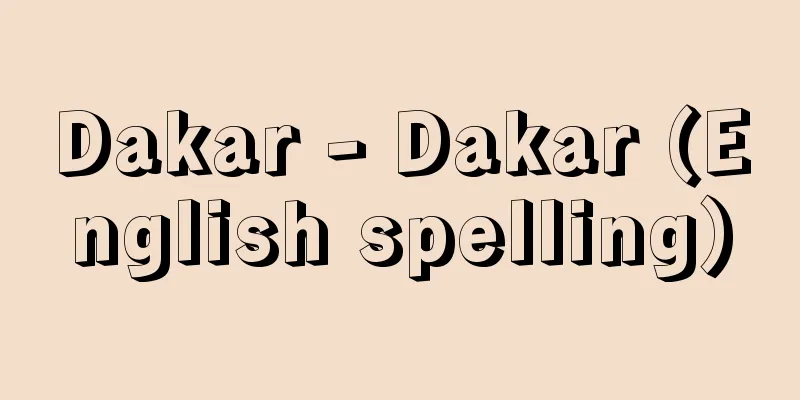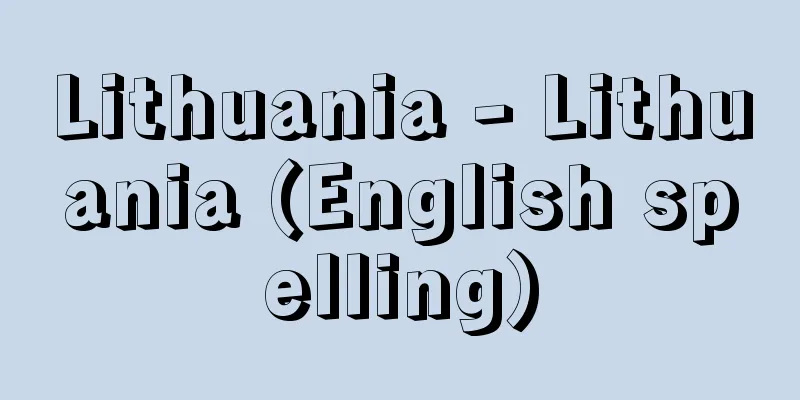Heberden, W.

|
…This painful attack is called an angina attack, and if it continues for more than a few minutes, it may progress to a myocardial infarction, in which part of the heart muscle undergoes necrosis and does not recover as it was. In 1768, the relationship between angina attacks and the heart was described in detail by William Heberden (1710-1801) of England, but at that time the distinction between angina pectoris and myocardial infarction was not yet clear, and angina pectoris was considered to include myocardial infarction accompanied by myocardial necrosis. From [Heart]…During the Edo period, diseases accompanied by chest pain were generally called sha-ku (a bronchial disease), and this probably included myocardial infarction and angina pectoris. It was only after the 18th century that knowledge of heart and aortic diseases improved in modern European medicine. Raymond Vieussens (1641-1716) of France described aortic regurgitation, mitral stenosis, and pericardial edema, Giovanni Maria Lancisi (1654-1720) of Italy described aneurysms, and William Heberden (1710-1801) of England described angina pectoris in terms of pathological anatomy and clinical medicine. The breakthrough in cardiology came in the 20th century with the invention of X-rays and electrocardiographs. … *Some of the terminology that mentions "Heberden, W." is listed below. Source | Heibonsha World Encyclopedia 2nd Edition | Information |
|
…この苦しみの発作を狭心発作と呼び,これが数十分以上も続くときは,心筋の一部が壊死に陥り元どおりには回復しない心筋梗塞(こうそく)に移行することがある。1768年イギリスのヘバーデンWilliam Heberden(1710‐1801)によって狭心発作と心臓との関係につき詳細に記述されたが,そのときにはまだ狭心症と心筋梗塞との区別は明確でなく,狭心症のなかに心筋の壊死を伴う心筋梗塞を含めて考えていた。 【心臓】より…江戸時代には胸部の疼痛を伴う病気を癪(しやく)と総称していたが,この中には心筋梗塞や狭心症も含まれていたと思われる。 ヨーロッパの近代医学で心臓と大動脈の病気についての知識が進歩したのは18世紀以後のことで,フランスのビユサンスRaymond Vieussens(1641‐1716)は大動脈弁閉鎖不全症,僧帽弁狭窄症,心囊水腫などについて,イタリアのランチシGiovanni Maria Lancisi(1654‐1720)は動脈瘤について,イギリスのヘバーデンWilliam Heberden(1710‐1801)は狭心症について病理解剖および臨床医学的に記述した。心臓病学の画期的な進歩はX線や心電計が発明された20世紀になってからのことである。… ※「Heberden,W.」について言及している用語解説の一部を掲載しています。 出典|株式会社平凡社世界大百科事典 第2版について | 情報 |
>>: Hebb, DO (English spelling) HebbDO
Recommend
Aschermittwoch
...The night before this is called the night of P...
Tonio Kröger
A short story by Thomas Mann published in 1903. It...
Kentrosaurus
...In South Africa, research began with Algoasaur...
Otawara Sukekiyo - Otawara Sukekiyo
… [Akihisa Sakurai] [Otawara Castle Town] A castl...
snobbery
…It is often translated as “snobbish” or “gentlem...
Student settlement
...The student federation, led by the Shinjinkai,...
Arashi Sanjuro - Arashi Sanjuro
…The family name was Owari-ya. (1) The first gene...
Handball - Handball (English spelling)
A sport in which two teams pass and dribble the b...
still life
...Although it is not uncommon for small living a...
Prieur de la Côte-d'Or, CA (English spelling)
…Reign of Terror [Takashi Koi]. . . *Some of the ...
Enoshima Line - Enoshima
...A private railway with 121.6 km (1997) of rail...
Ghibelline
The Ghibellino, or the "Imperial faction"...
Monaco - Monako (English spelling) Monaco
A small country on the Mediterranean coast in sou...
Wang Yuanqi - Wang Genki
A Chinese painter from the early Qing Dynasty. He...
Heliopolis - Heliopolis (English spelling)
An ancient Egyptian city located in the northeast...









